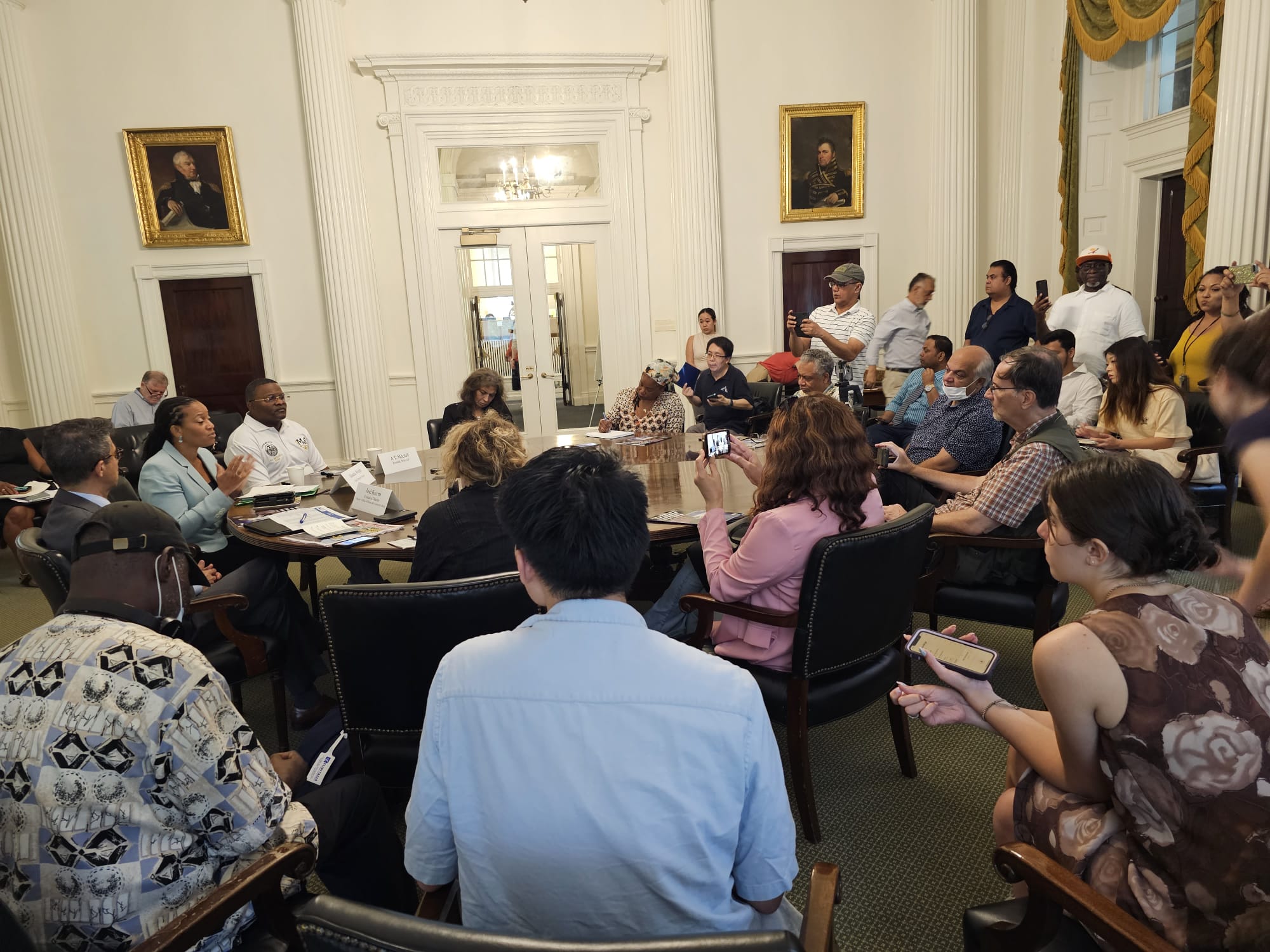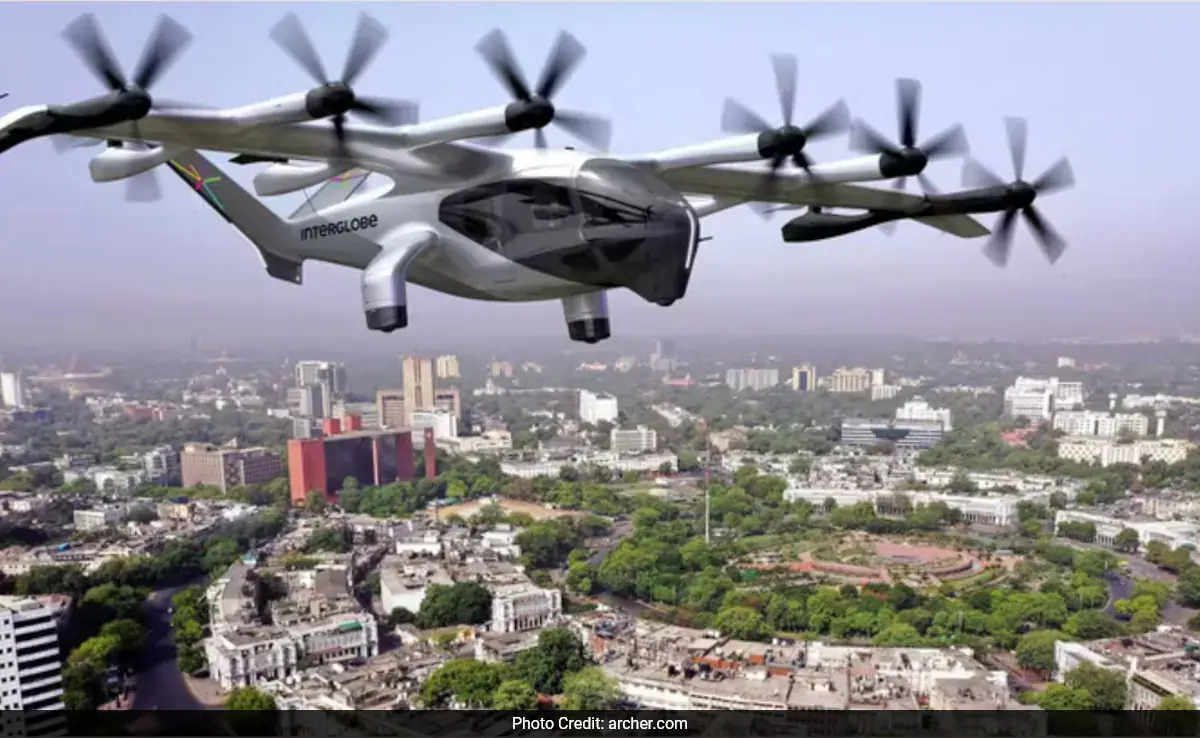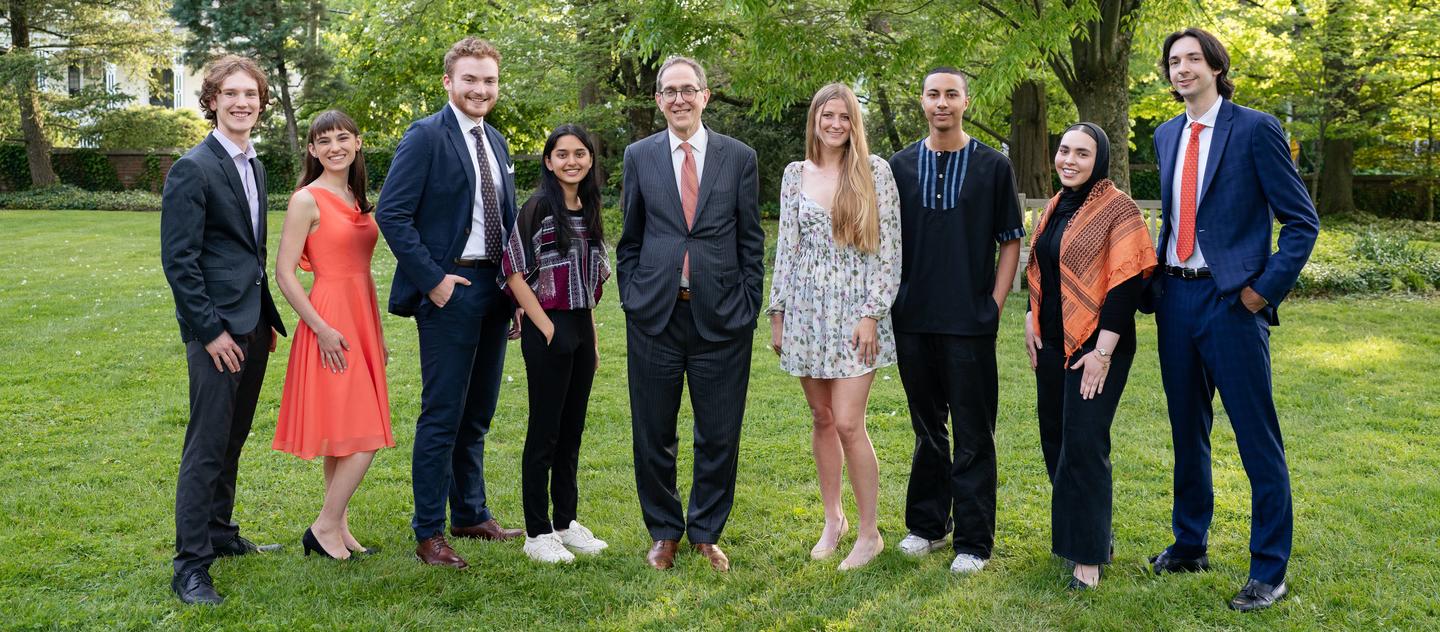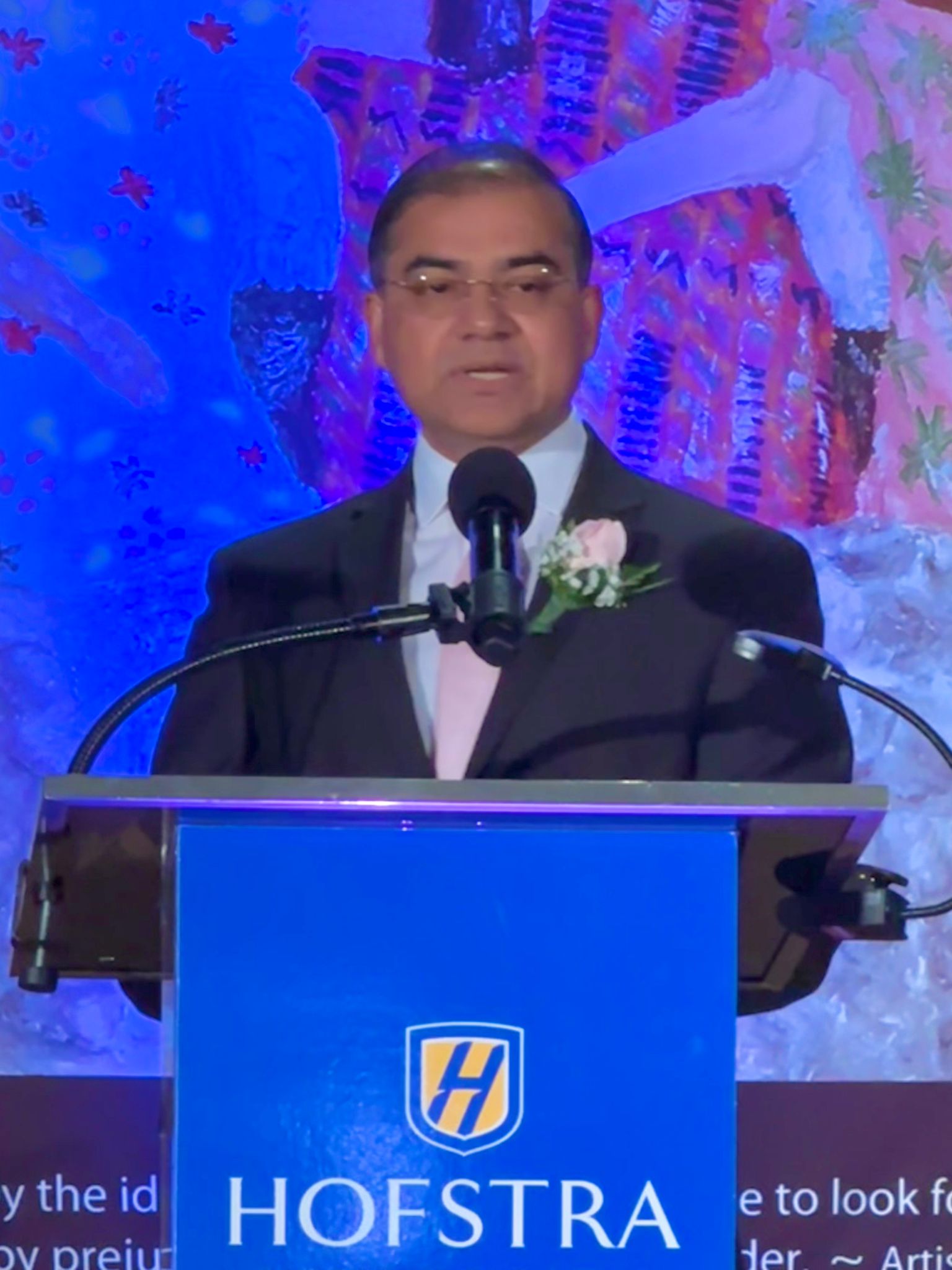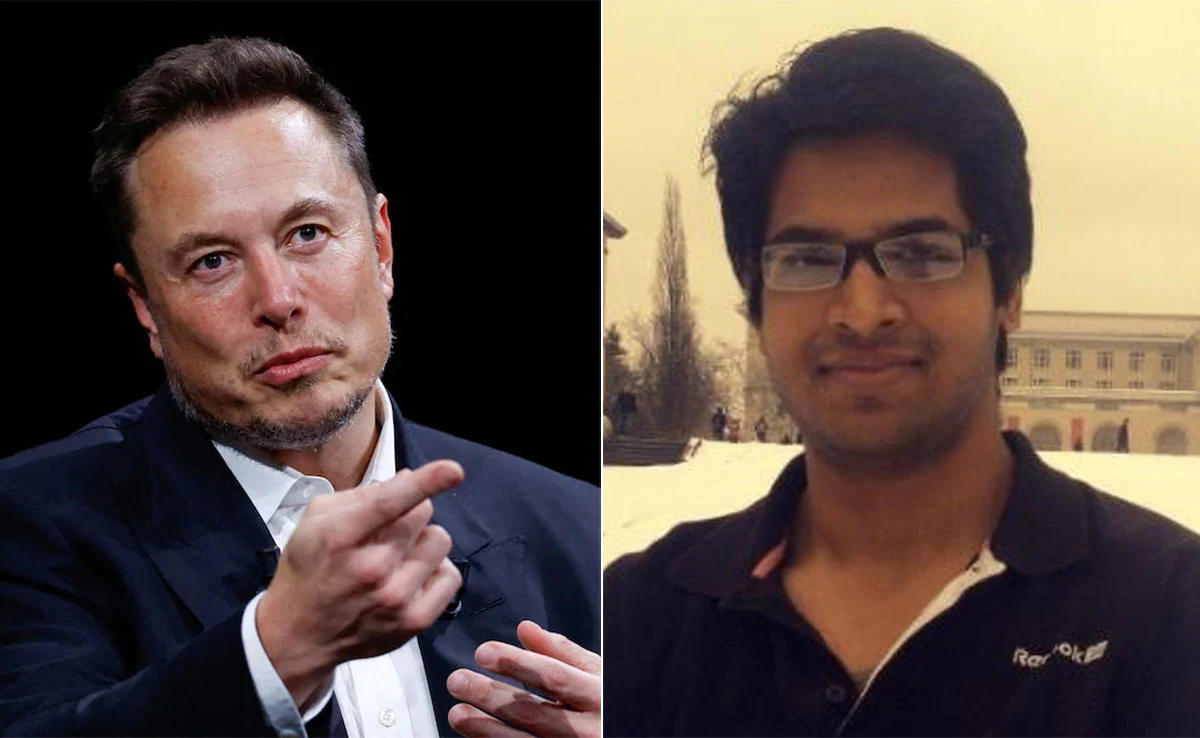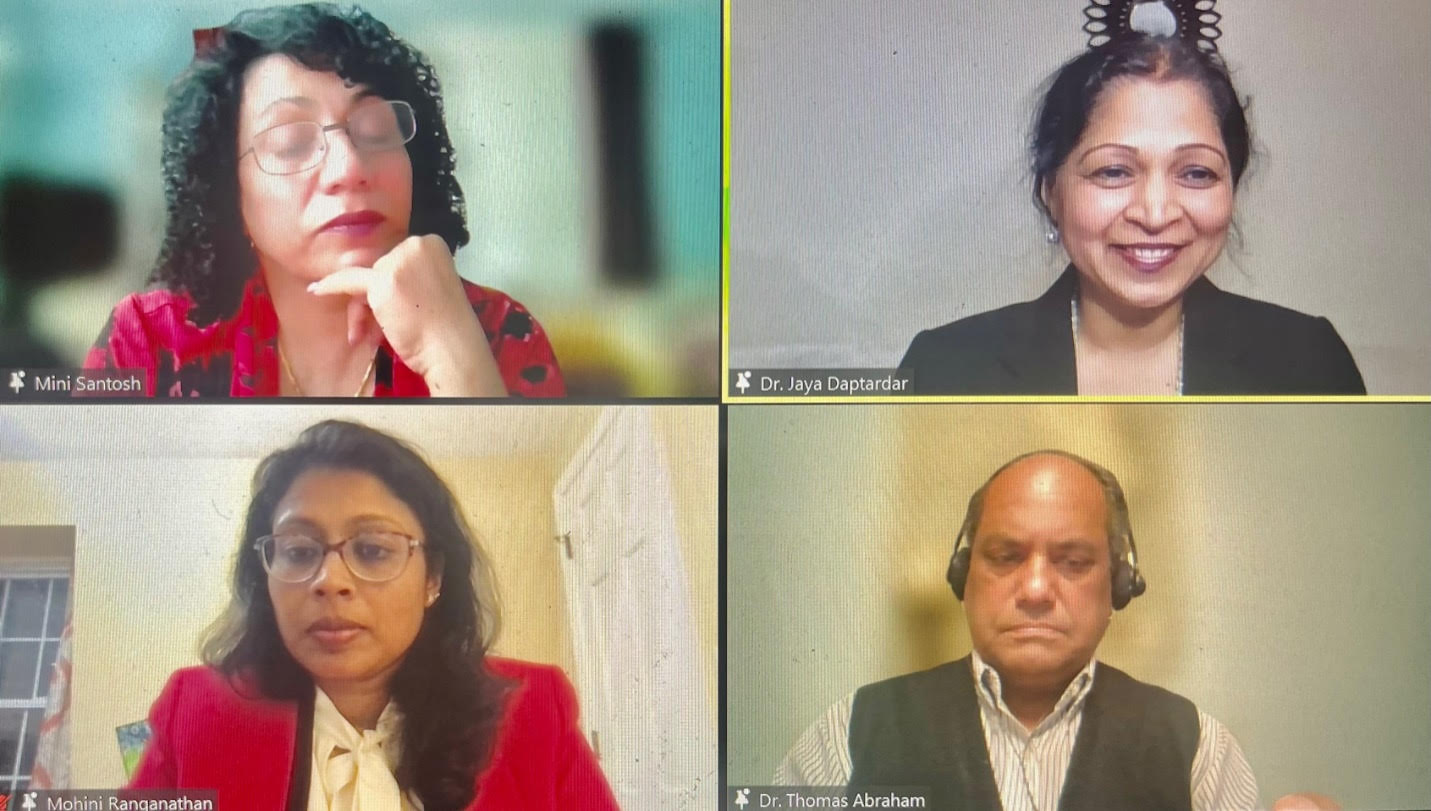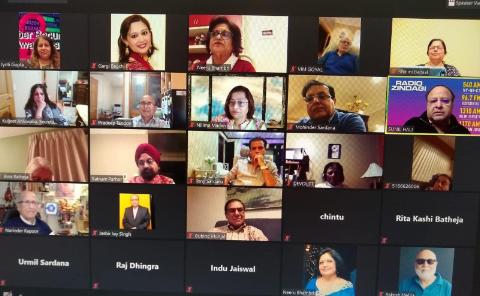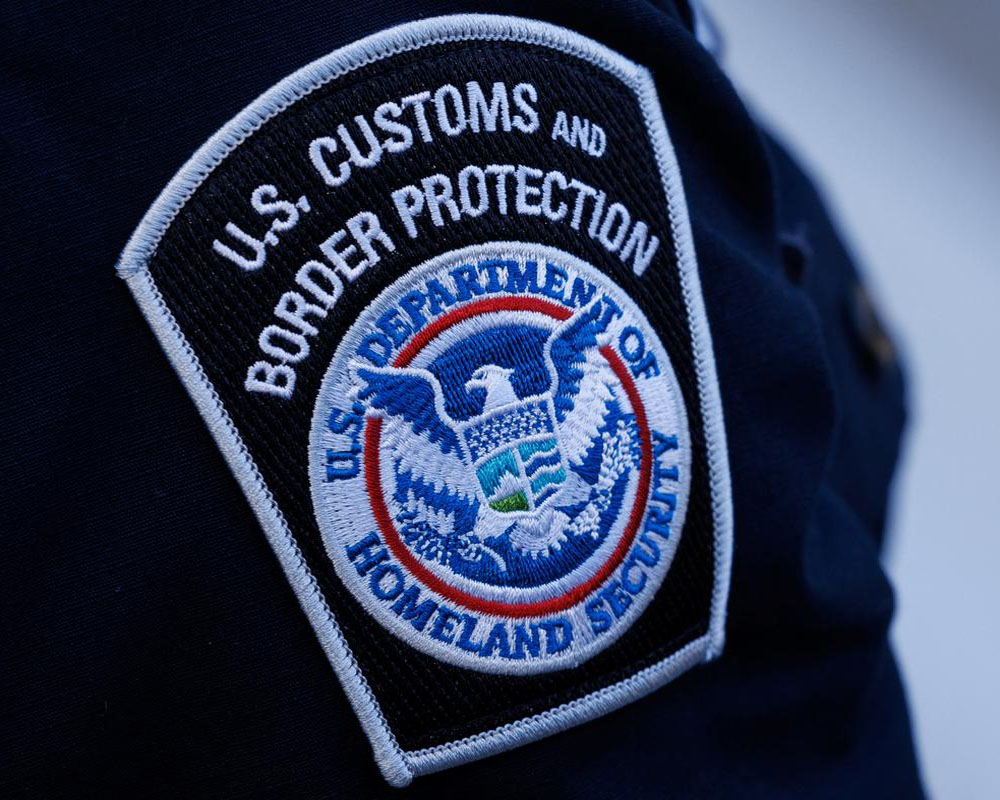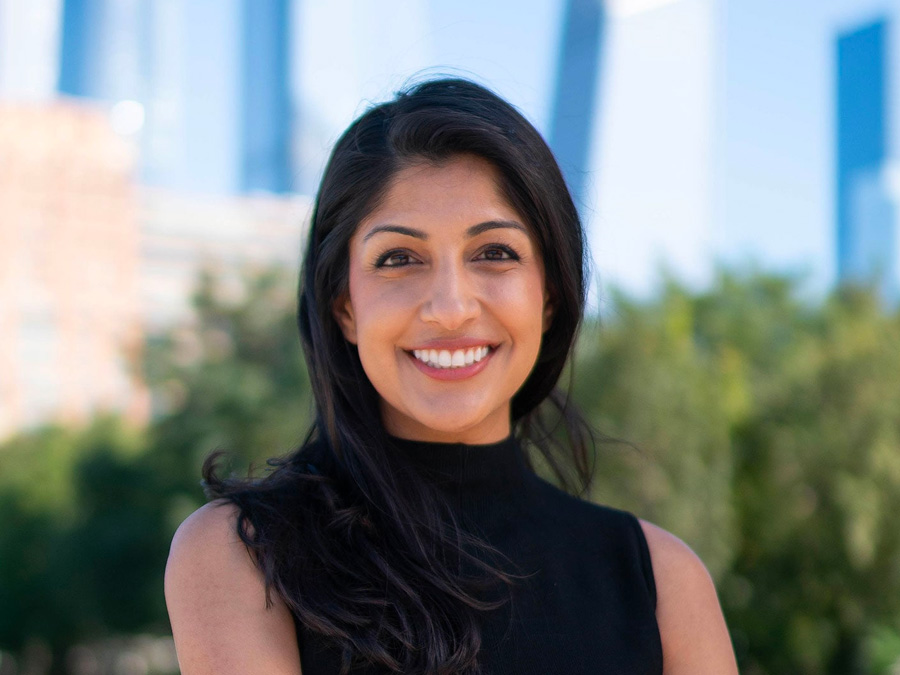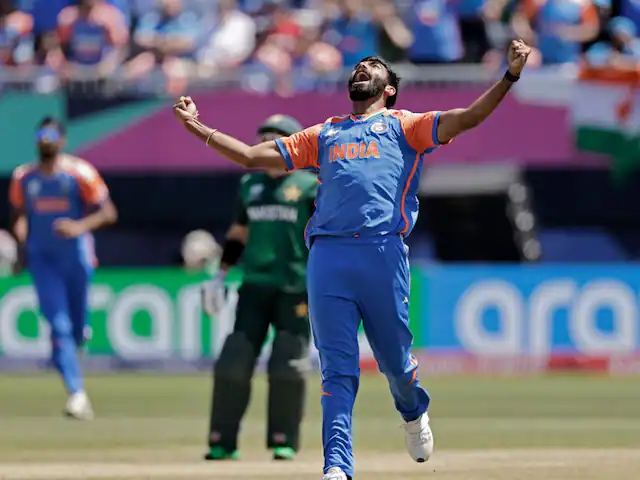More than $485 Million in investments to create a city where no one ever decides that they need to pick up a gun
Our Bureau
New York City, NY
New York City Mayor Eric Adams, First Deputy Mayor Sheena Wright, and the New York City Gun Violence Prevention Task Force have embarked on a much safer New York City calling for action with “A Blueprint for Community Safety.” As per Mayor Adams, “Public safety is not only a prerequisite but the pathway to prosperity. Overall, crime is down across the city year to date, and our numbers continue to trend in the right direction.”
This $485 million blueprint captures the Adams administration’s vision for a city free of gun violence, with double digits (27%) reduction in gun violence over the last 18 months. The aim of this blueprint is simple: how to stop gun violence before it even happens on the street. As budget reflects values, the largest investment in city history towards gun violence prevention is a step in the right direction with targeted, intentional investments to create a city where no one ever decides that they need to pick up a gun.
As per the Co-chair, First Deputy Mayor Sheena Wright and Man Up! Inc. Founder A.T. Mitchell, this major initiative is a multi-agency, cross-sector effort to promote long-term safety across all communities and make New York City much safer. The motive of the city government is that an all-hands-on-deck effort is needed to face the challenge of gun violence.
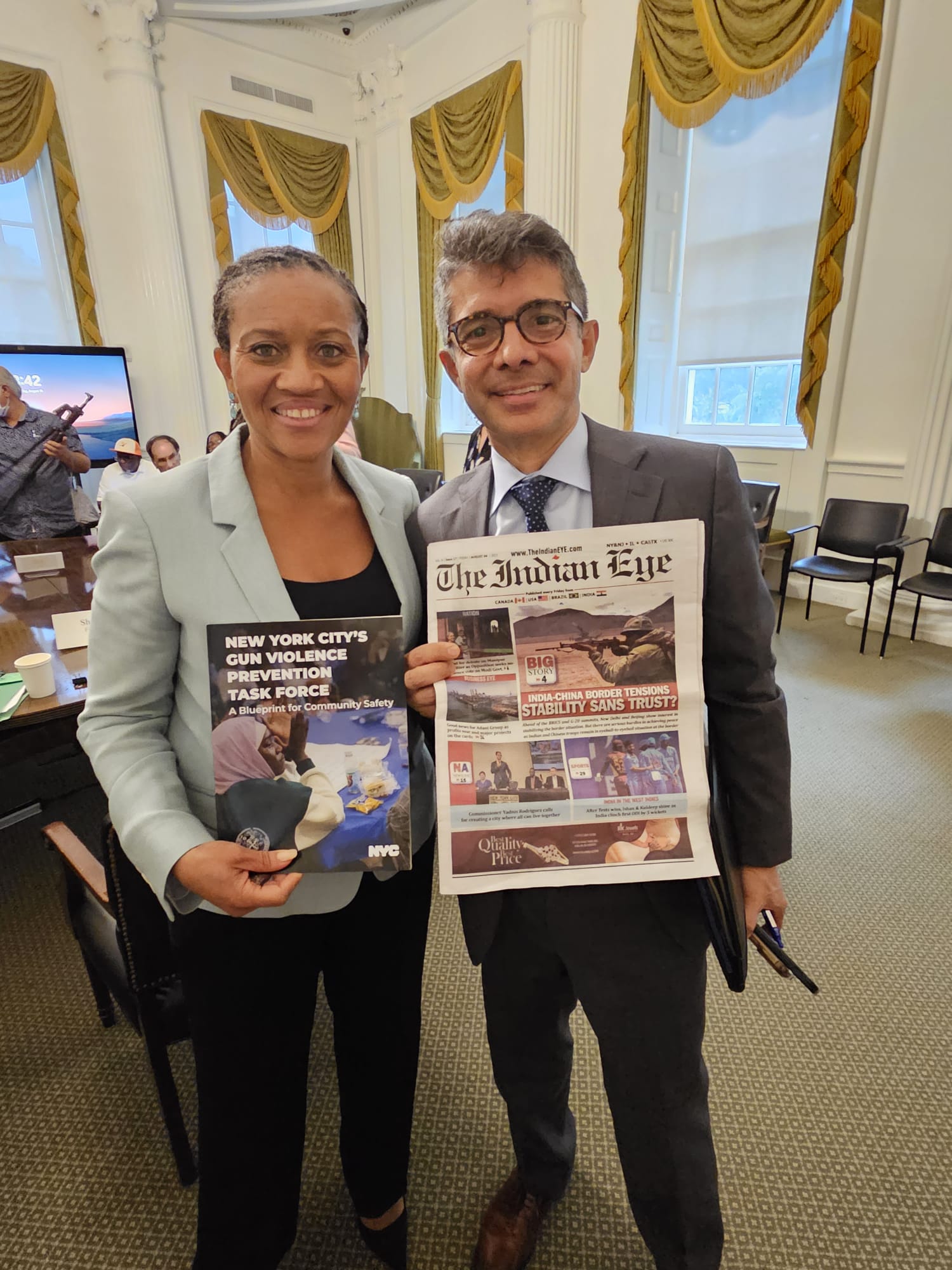
The idea behind this report is to interact with the community and address neighborhoods’ specific challenges, needs, and priorities through data analysis. The blueprint envisages 7 strategies once applied into the first 6 precincts (most impacted) and eventually into the other top 30, to make this great city rise above the ashes of senseless gun violence.
The Gun Violence Prevention Task Force was formed in June 2022, with the underlying Vision being ‘All New Yorkers live in safe communities and are free from gun violence,’ and Mission as, ‘Address the upstream causes of violence in impacted communities to reduce shooting incidents and ensure that children and their families, young adults, and formerly incarcerated New Yorkers have full access to the opportunities that help them thrive.’
Though New York City is one of the safest big cities in the United States, since the onset of the COVID-19 pandemic, gun violence has spiked to an unseen level. The shooting rates touched a new high and increased roughly 3X in the summer of 2020, with a 21% increase in index crimes over the last year. Gun violence is increasingly impacting New York City’s youth with the number of children under 18 being shot doubling since 2019 and the number of known offenders under the age of 18 also nearly doubling over the same period.
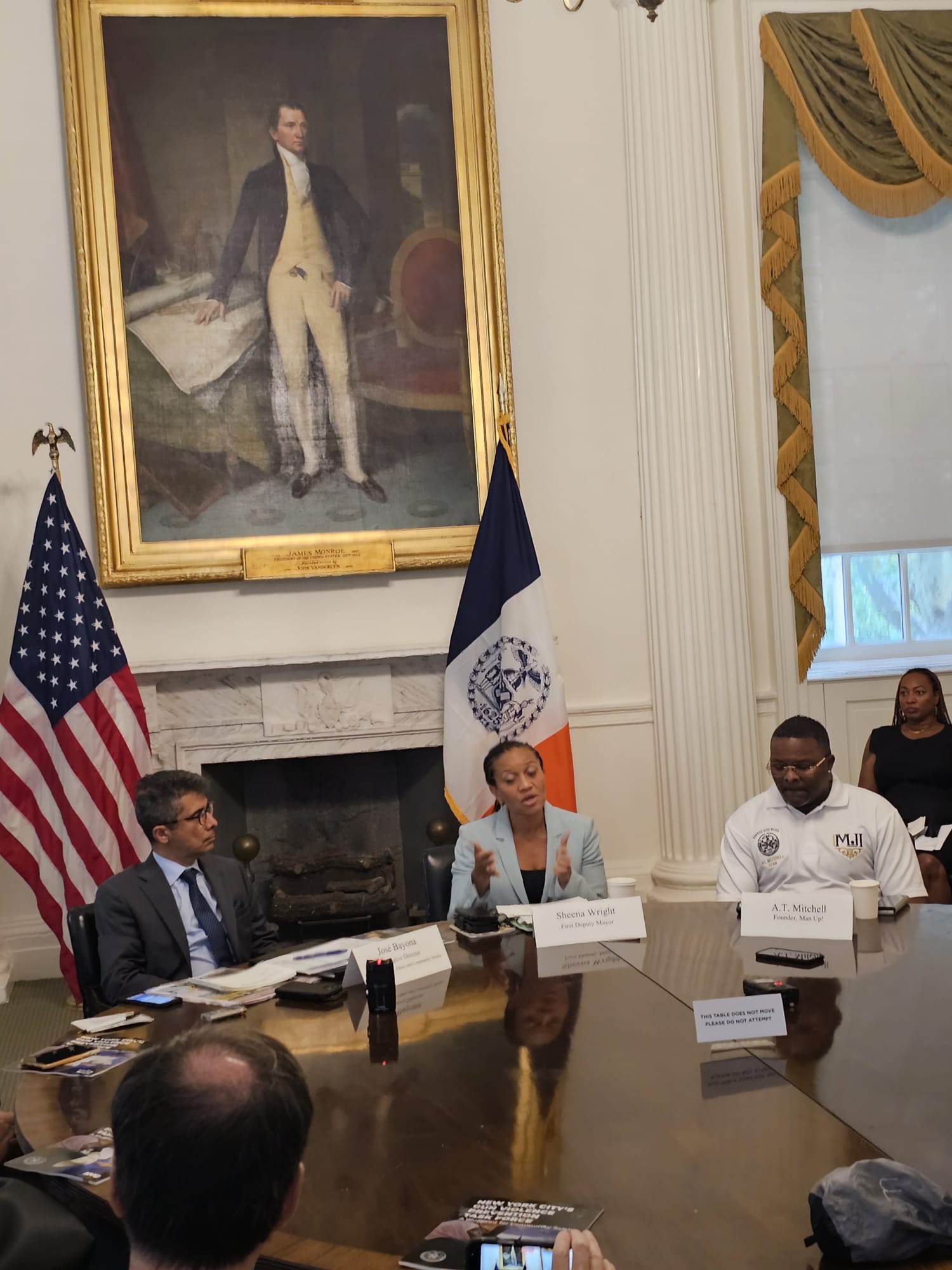
The City needs interventions that start earlier and focus on positive youth development as the youth unemployment rate in New York City is more than double that of the United States as a whole (17.9% vs. 8.3%, respectively in 2022) along with 28.9% decrease in CUNY community college enrolments since 2018. Hence, Mayor Adams has identified public safety as critical to New York City’s post-pandemic revival and prosperity.
The focus of this blueprint is on the most impacted communities, as about 92% of total gun violence in NYC is concentrated within the 30 precincts with the highest number of shooting incidents. Further, In 2022, one-in-four shootings (25%) and 39% of confirmed shots fired citywide occurred in just 6 precincts. These neighborhoods, mostly Black and Brown communities, reflect the historic disinvestment and quality of life challenges that the Task Force seeks to address. The pandemic aggravated generations of systemic racial discrimination and inequities in health care, housing, and education, thereby, increasing the risks of gun violence and making to address gun violence a key racial equity imperative.
















